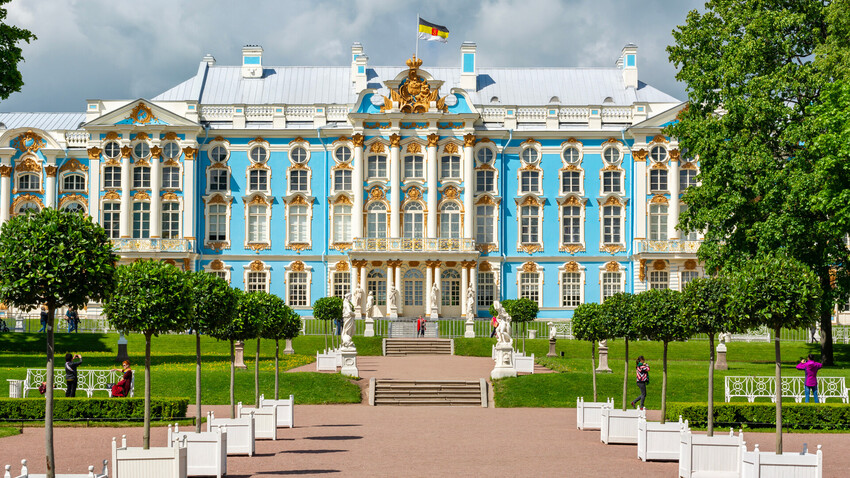
Catherine Palace in Tsarskoye Selo
Vladislav Zolotov/Getty Images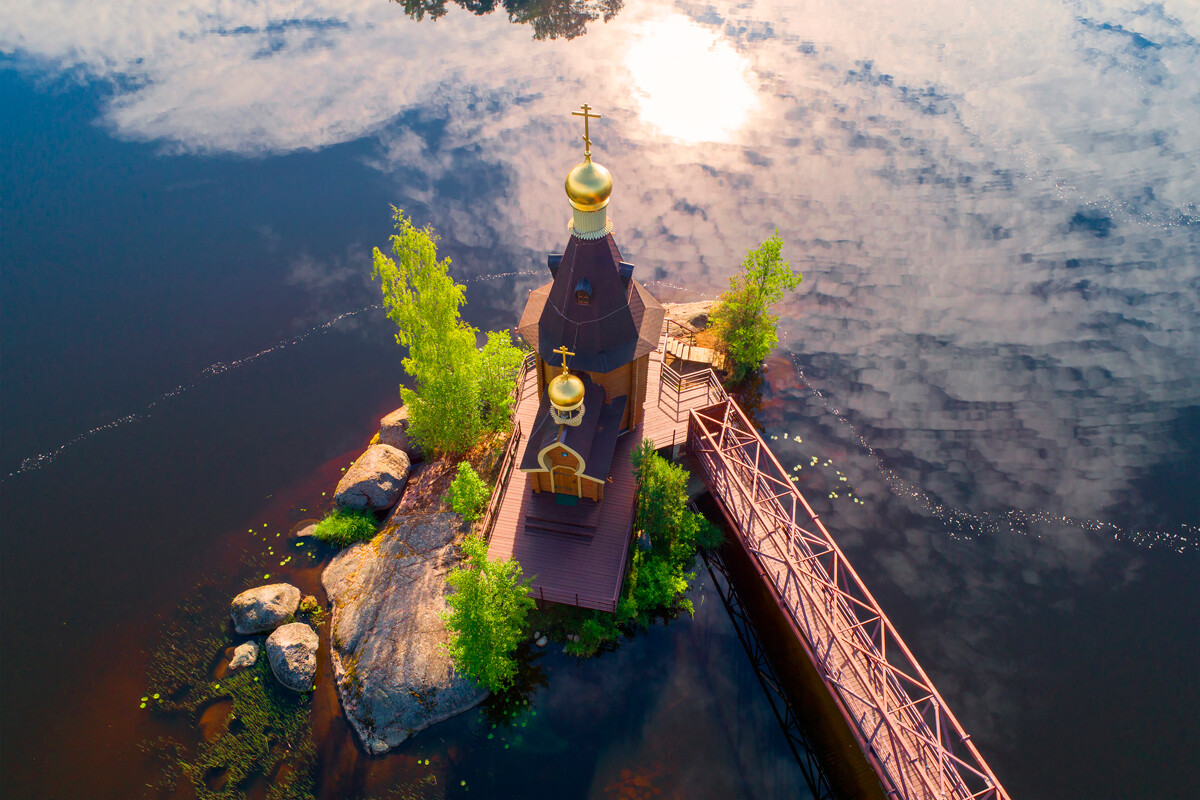
St. Andrew's Church on the Vuoksa River
Legion MediaThe church was built in 2000 on a monolithic rock in the middle of the water; that is, the temple literally rises on a tiny island on the Vuoksa River.
In the early years, parishioners and pilgrims could only reach it with the help of boats, but, recently, a bridge was built, connecting the island with the shore, which has made the landscape even more fabulous.
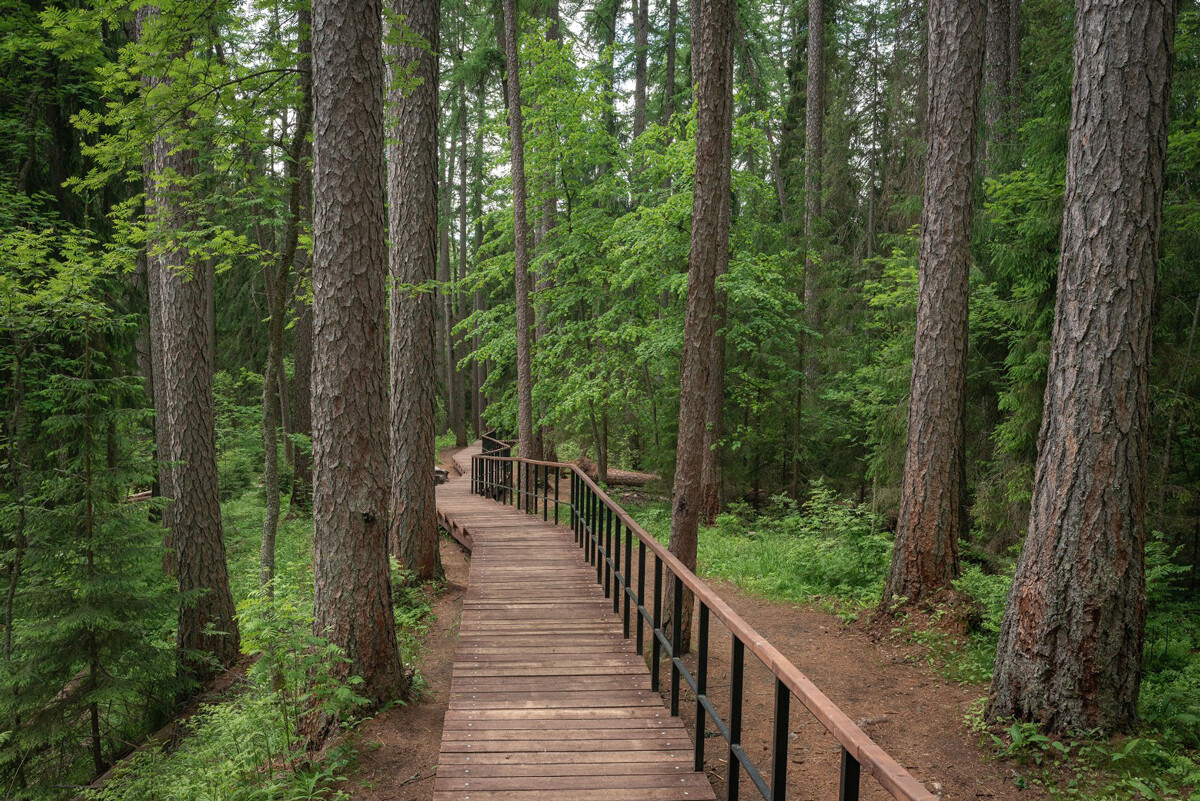
‘Lindulovskaya Grove’ nature reserve
Nikolai Stepanenko/Directorate of Specially Protected Natural Areas of the Leningrad RegionYou can find the oldest artificial plantation of larch trees in Russia in the ‘Lindulovskaya Grove’ nature reserve. The trees were planted there by Peter the Great for shipbuilding needs and, 100 years later, the area was declared a nature reserve.
Now, you can walk along the ecological route, which takes about 90 minutes. The paths are equipped with stairs, observation platforms, pavilions for rest – in general, it has everything to be able to properly enjoy the hilly area with magnificent century-old larches.
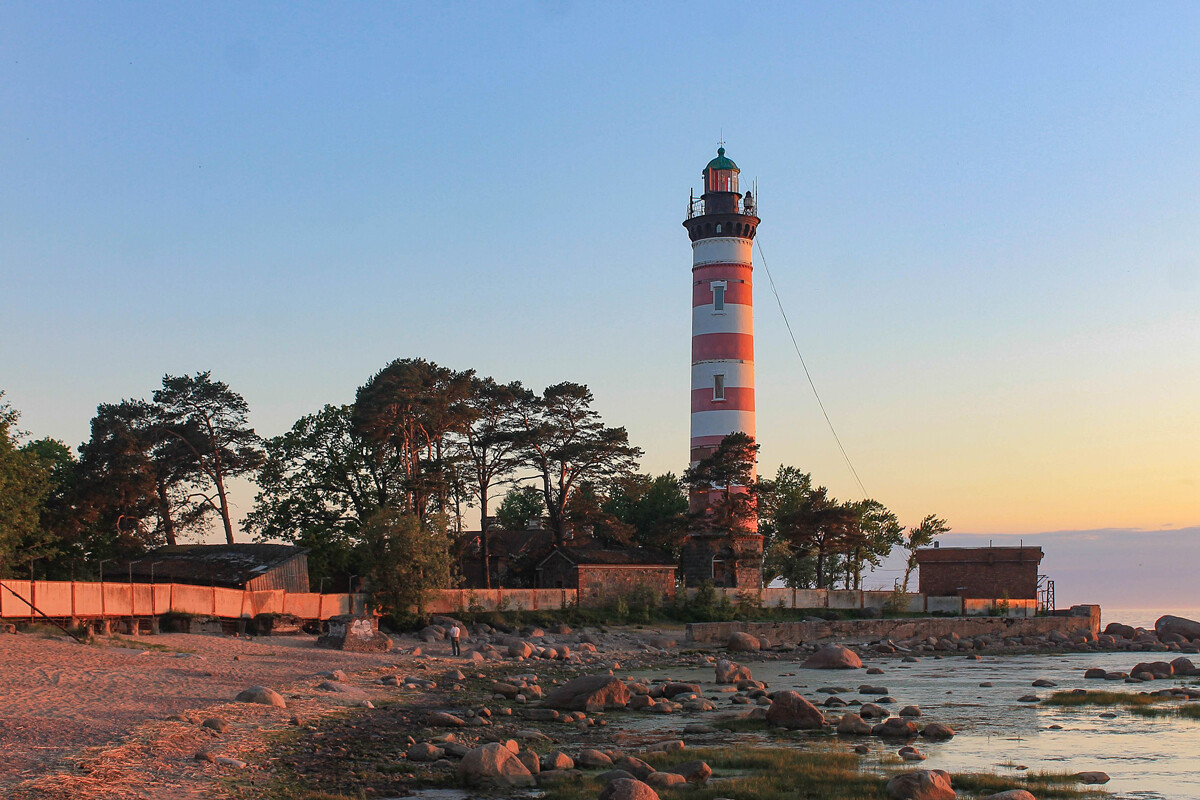
Shepelevsky Lighthouse, Shepelevsky village
Nikolay Bulykin (CC BY-SA 4.0)Lighthouses always attract travelers, even if it is forbidden by law to go inside the structure. In the Leningrad region, people primarily go to Osinovets Lighthouse because of the neighboring beach, but for lovers of quieter walks you can recommend Shepelevsky Lighthouse.
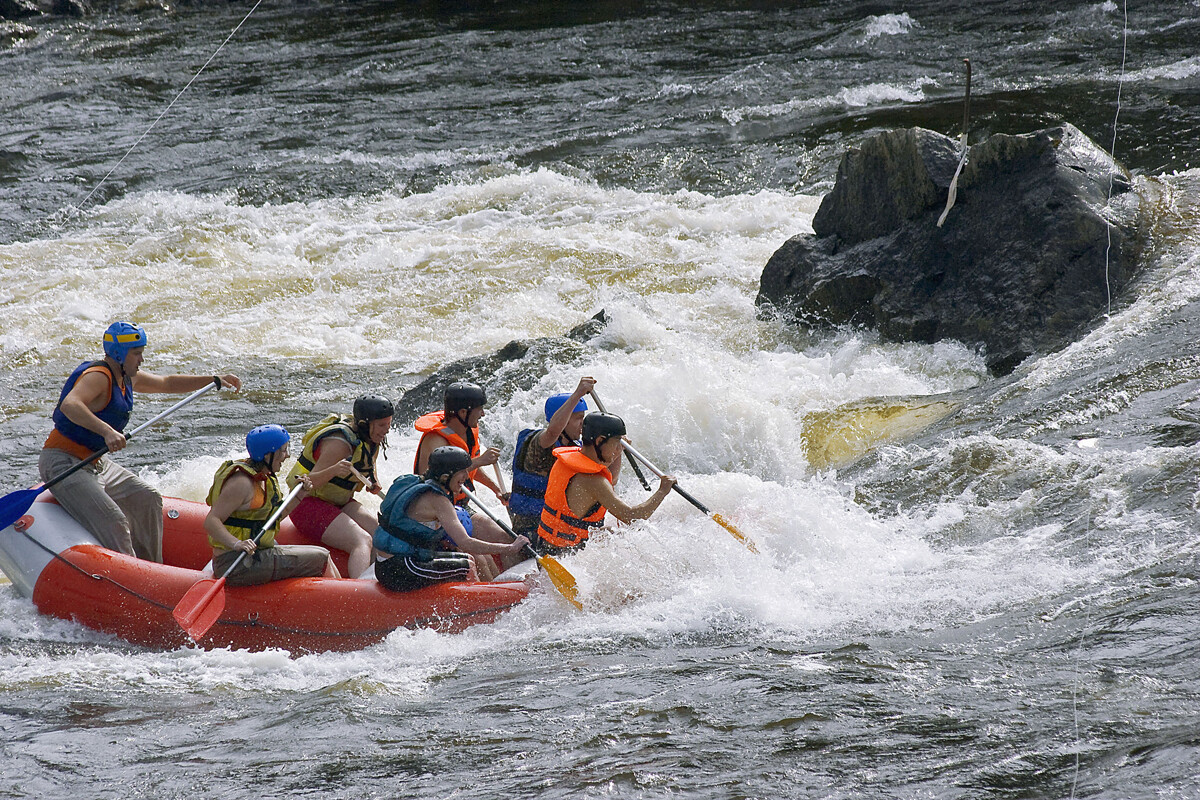
Extreme tourism on the Vuoksa River
Alexey Danichev/SputnikThe largest artificial rapids in Russia were created by accident. In the 19th century, Lake Sukhodolskoye was connected to Ladoga Lake and the slow tributary of the Vuoksa River became turbulent over time. Since then, the village of Losevo in Priozersky District has become a top destination for water sports enthusiasts: there, you can go rafting, kayaking and canoeing, as well as tackle routes of varying difficulty.
In the summer, it hosts one of the area's most colorful festivals, the ‘Bubble Baba Challenge’. Hundreds of people simultaneously jump into the turbulent river on inflatable dolls to see who will pass the 600-meter distance the fastest. In 2023, for example, more than 400 people participated in the annual event.
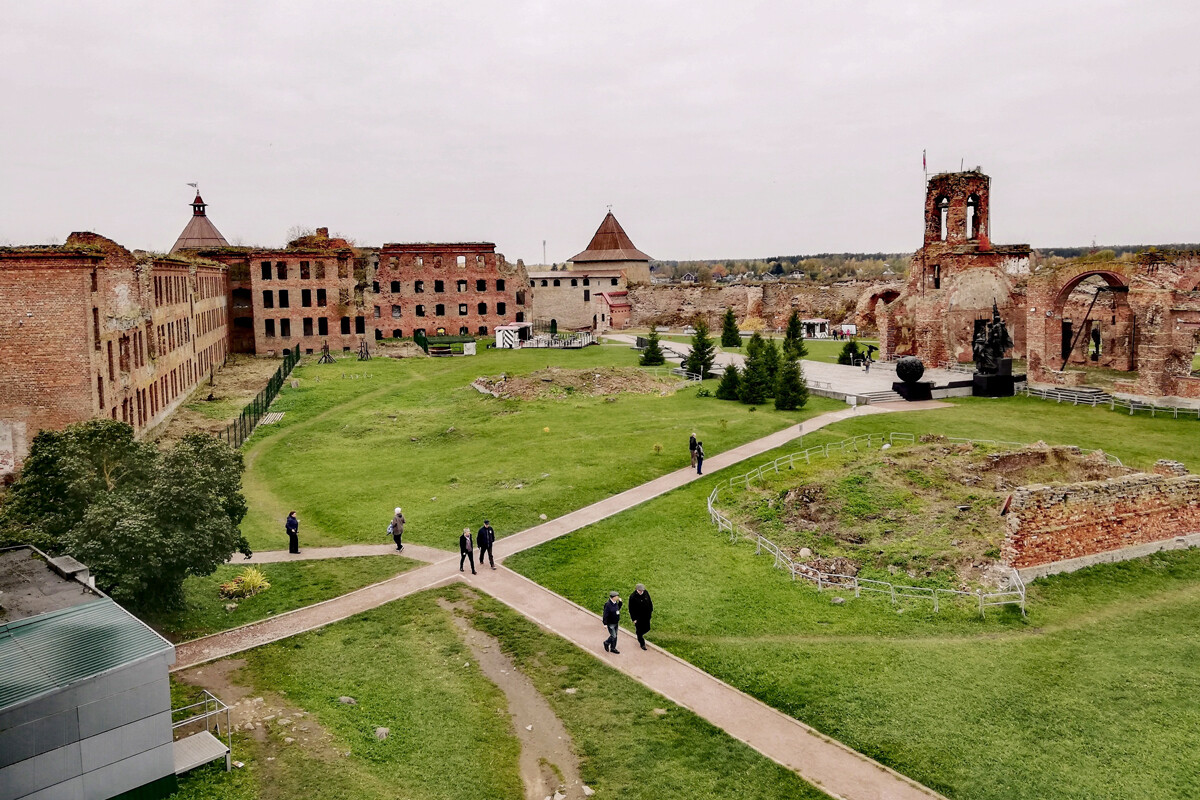
Oreshek fortress ensemble
Alexandrovs AG (CC BY-SA 4.0)The history of the fortress on the island at the mouth of Lake Ladoga goes back more than 700 years – the first defense structures were erected there on the orders of Alexander Nevsky's grandson Yuri Danilovich.
In 1702, the island was conquered from the Swedes by Peter the Great and renamed Shlisselburg (“Key city”) and, a century later, a prison was built on the territory, which became known as the ‘Russian Bastille’. At different times, Decembrists, revolutionaries and even the royal family were kept there. It was there, for example, that Vladimir Lenin's brother was executed.
Now, the island can be reached by boat from Shlisselburg. In the fortress itself, there is a museum about the history of the prison.
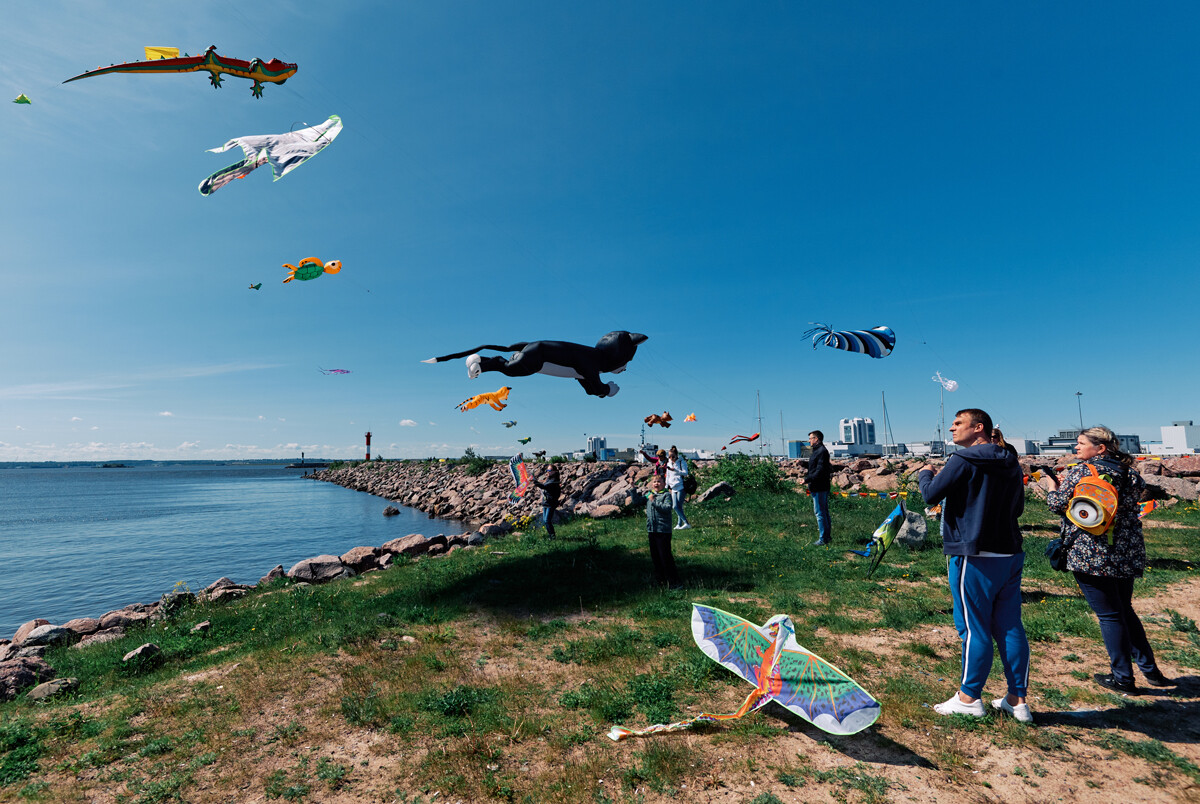
Kite festival "Fortolet" in the historical and cultural complex "Fort Constantine"
Alexey Danichev/SputnikThe city of Kronstadt was founded as a line of defense of St. Petersburg from the sea and, for two centuries, it grew and grew forts on the islands around its edges. The last 17 forts were built, each one has a unique history. One, for example, was blown up by drunken French sailors, another was used as a territory for creating a cure for the plague.
You can learn about all the legends of the place in the best preserved fort called ‘Constantine’, it is now used as a modern cultural and historical cluster. There, you can learn local history, take a boat tour of the forts or visit the Lighthouse Museum with unique exhibits.
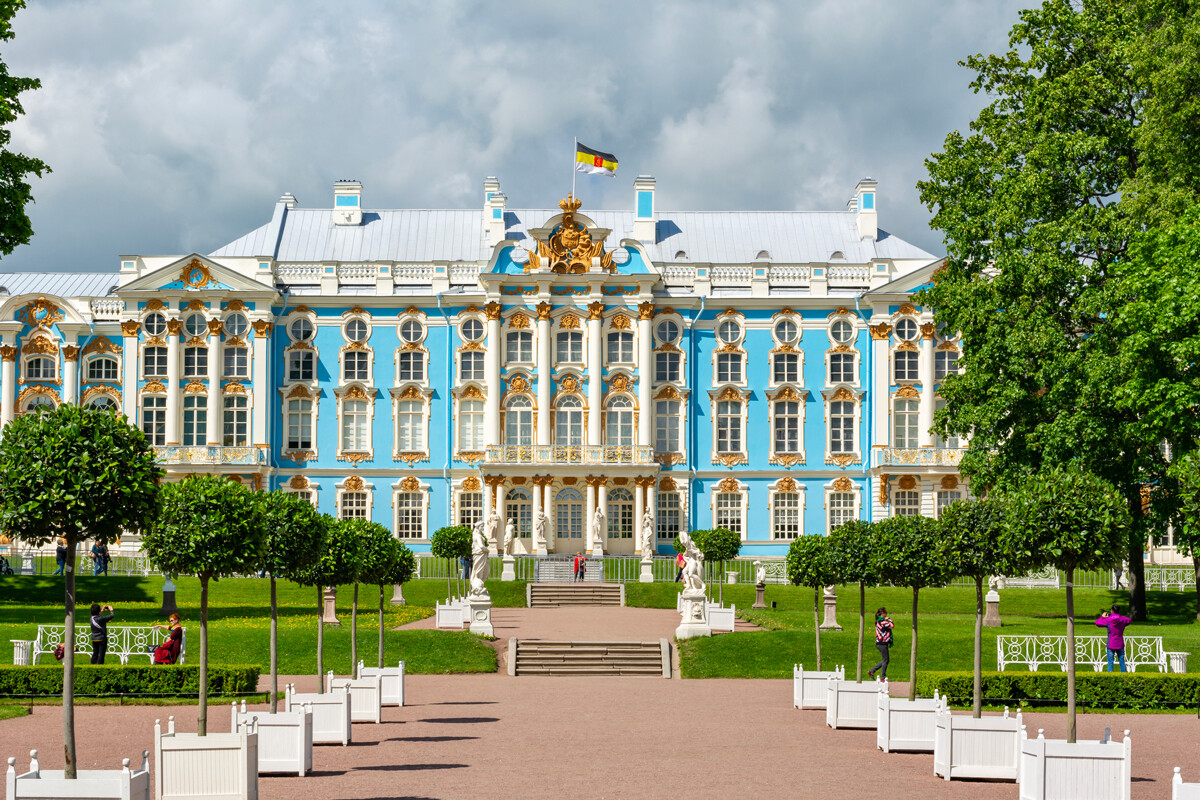
Catherine Palace in Tsarskoye Selo
Vladislav Zolotov/Getty ImagesLeningrad Region has the largest number of country palace and park ensembles in Russia, mostly associated with the Romanov dynasty. One of the most famous is ‘Tsarskoe Selo’ near the town of Pushkin.
There, you will find the luxurious Catherine Palace with its legendary ‘Amber Room’ – a Baroque architectural masterpiece – and a huge park with pavilions and fountains.
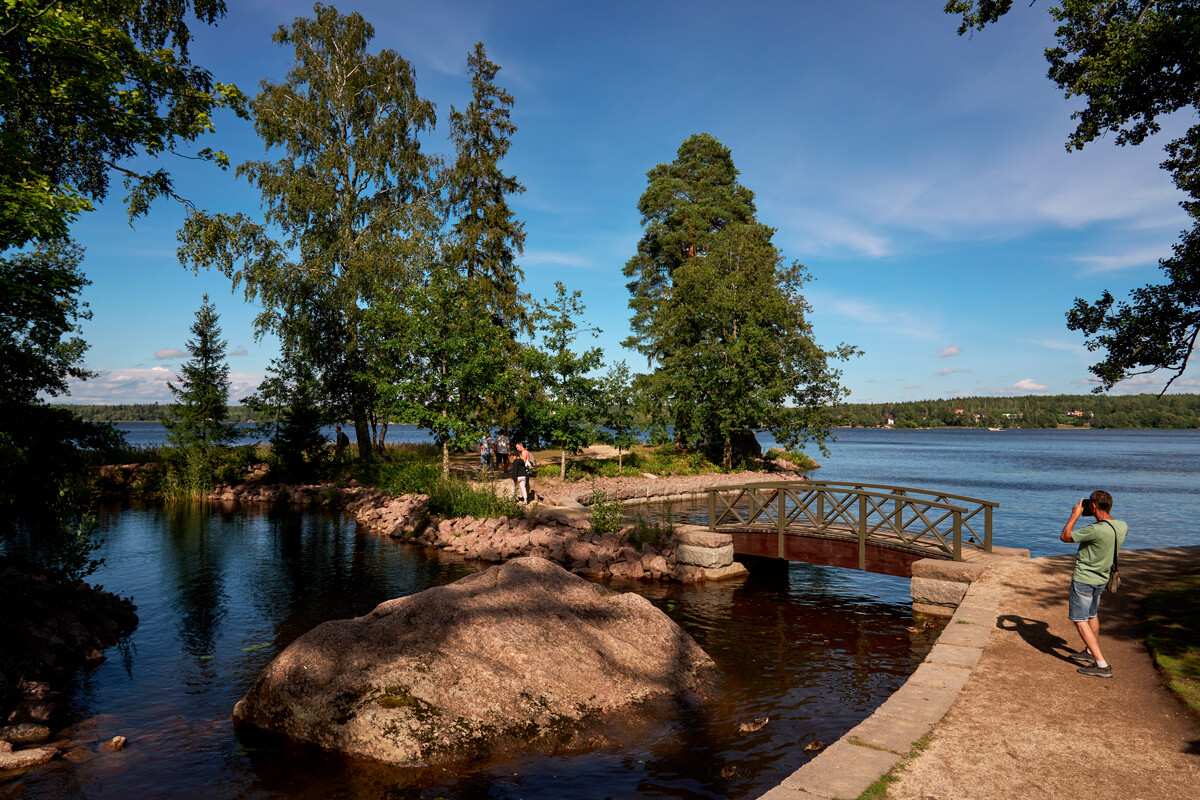
"Park Monrepos" in Vyborg
Alexey Danichev/SputnikVyborg is a city where you can feel yourself transported to the real Middle Ages. Here you can walk along the cobbled Market Square, admire the masterpieces of Northern Art Nouveau and try a pretzel baked according to a 400-year-old recipe.
But the main treasure of Vyborg can be considered the large park-reserve "Monrepo". In the picturesque area with Chinese bridges and tea gazebos it is pleasant to walk around, and be sure to reach the impressive granite rocks.
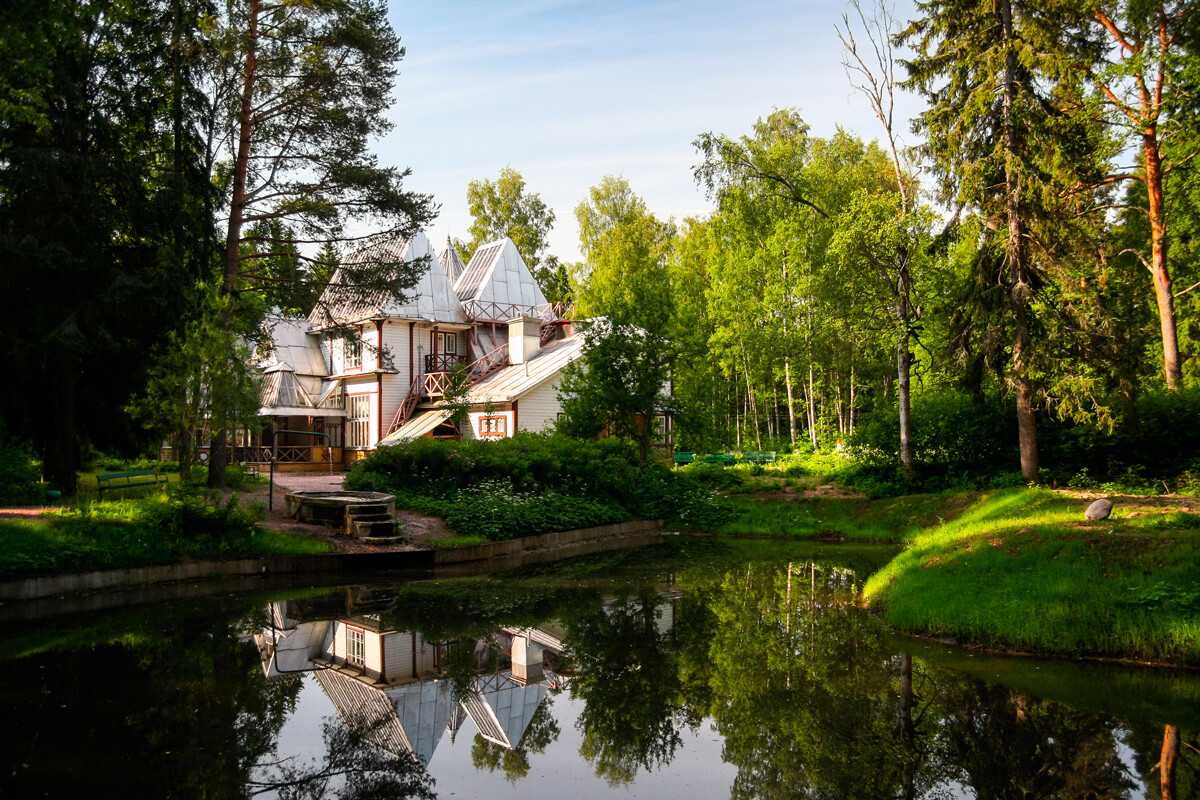
‘Penty’ museum-estate
Legion MediaGreat Russian painter Ilya Repin lived and worked 45 kilometers away from St. Petersburg. His house, later, became the first memorial museum in the country.
Inside, there are personal belongings of the master, as well as about 600 works by the artist himself, his son and other authors. The visit also includes a tour of the park around the estate. Tickets must be purchased in advance online.
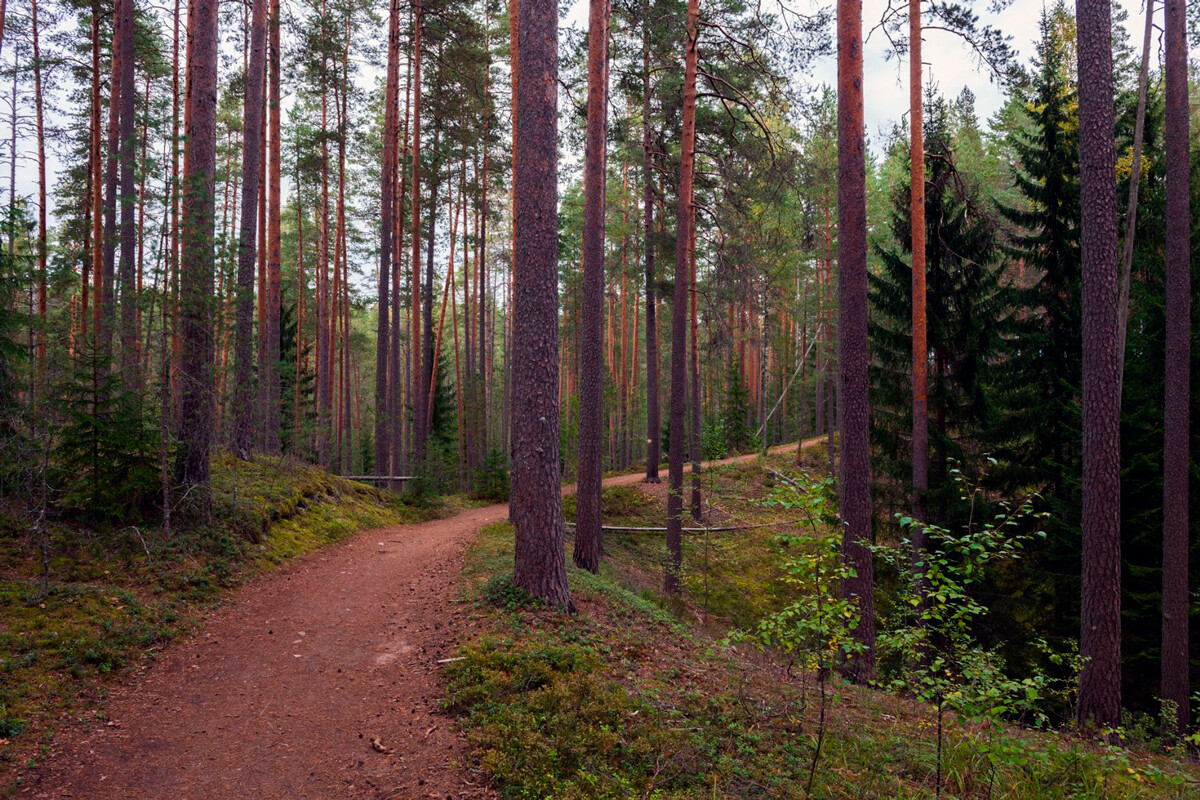
Värämänselka Ridge, Petäjärvi
Arseniy Kashkarov/Directorate of Specially Protected Natural Areas of the Leningrad RegionPedal enthusiasts will appreciate the Värämämänselkä Ridge nature reserve trail. It is 11 kilometers long and goes through varied terrain: from pine forests to traditional bogs. The route, however, is suitable for both beginners and experienced cyclists.
You can get there by car or by train to Petäjärvi station.
Dear readers,
Our website and social media accounts are under threat of being restricted or banned, due to the current circumstances. So, to keep up with our latest content, simply do the following:
If using any of Russia Beyond's content, partly or in full, always provide an active hyperlink to the original material.
Subscribe
to our newsletter!
Get the week's best stories straight to your inbox